We know that wearing a mask outside health care facilities offers little, if any, protection from infection. Public health authorities define a significant exposure to Covid-19 as face-to-face contact within 6 feet with a patient with symptomatic Covid-19 that is sustained for at least a few minutes (and some say more than 10 minutes or even 30 minutes). The chance of catching Covid-19 from a passing interaction in a public space is therefore minimal. In many cases, the desire for widespread masking is a reflexive reaction to anxiety over the pandemic.These days everyone imagines himself or herself to be a scientist. Scolds, who labor under the delusion that reading the New York Times is equivalent to holding a doctorate, unceasingly inflict on us finger-wagging lectures about how we need to "listen to the science" when it comes to masks. Apparently "masks work" because "The Science™" says so.
New England Journal of Medicine, 2020; 382:363
Newsflash: these media figures and self-styled authorities aren't (largely) scientists and know not of what they speak. As a scientist myself I feel compelled to set the record straight on what is, and is not, science. For those degreed scientists out there parroting the mask propaganda: for shame, you should know better. Cherry picking, selection bias, anecdotal data, and dubious models have no place in the arsenal of scientific inquiry.





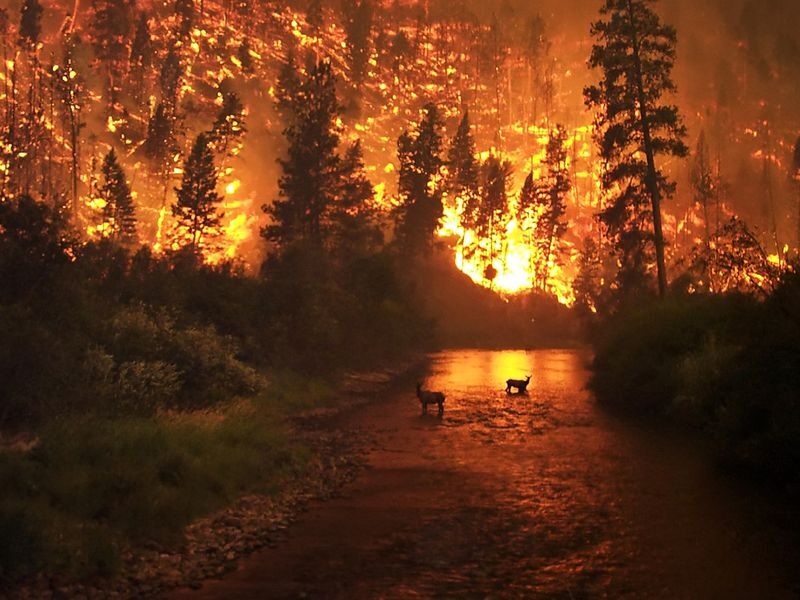
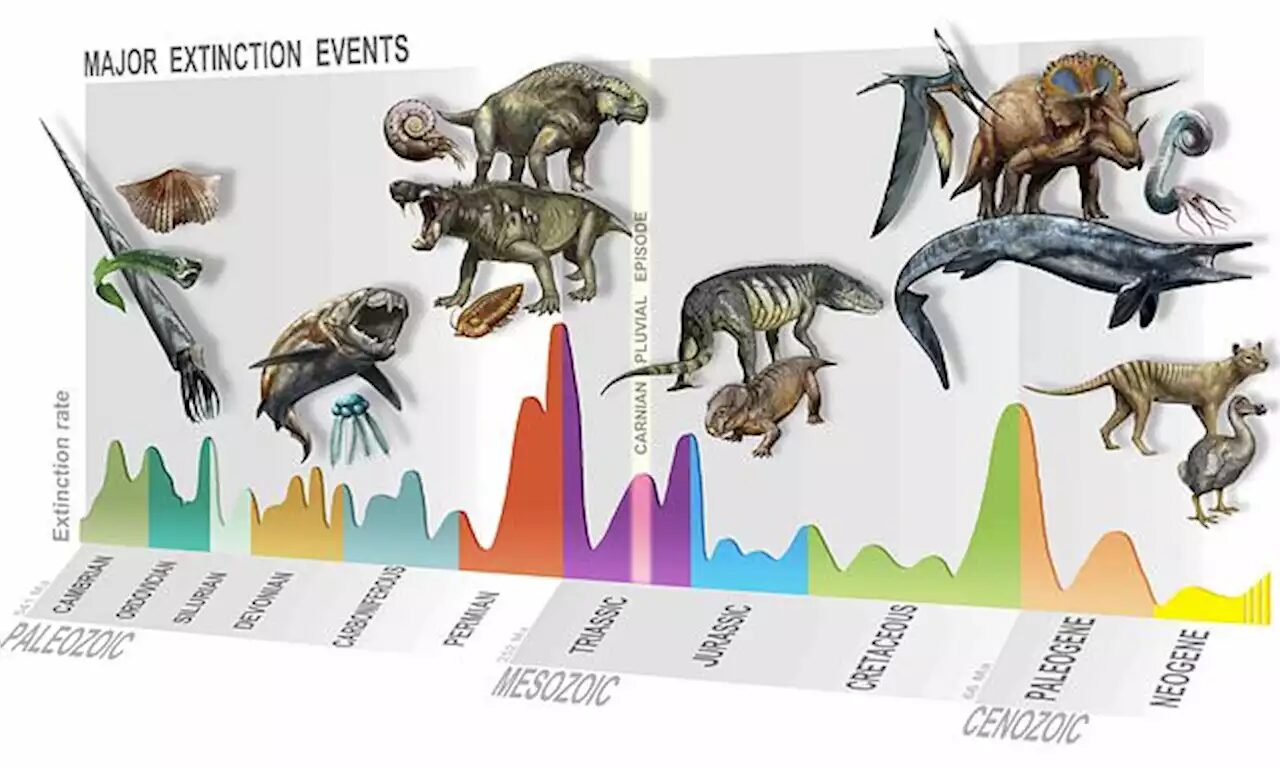
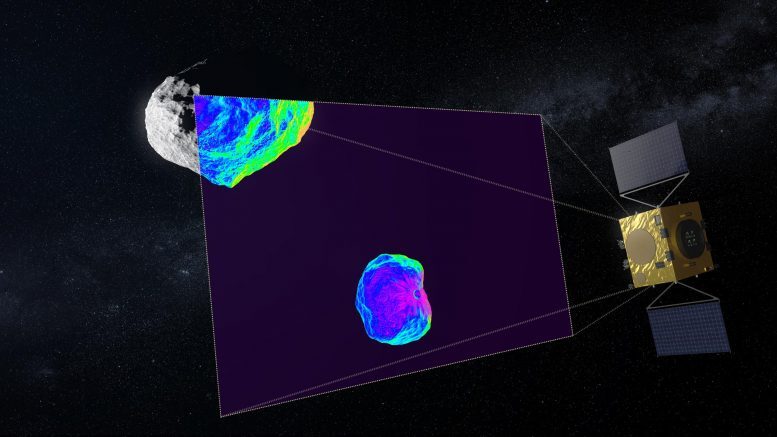
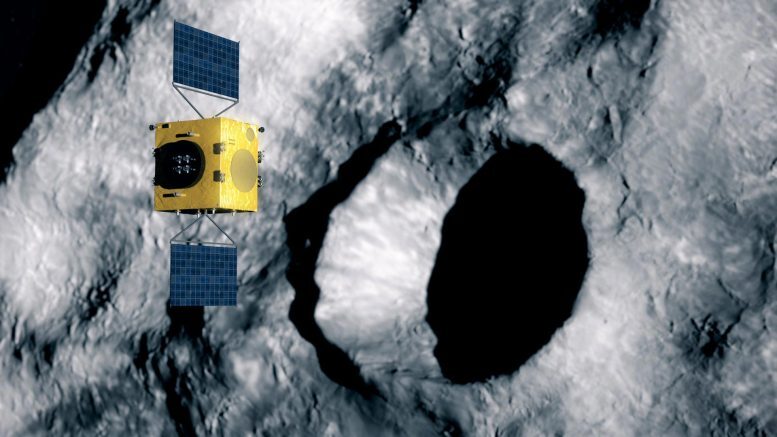
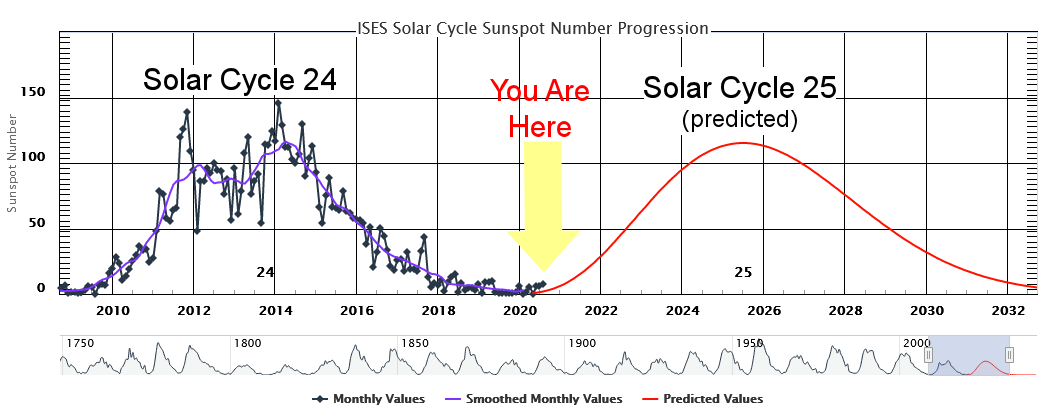




Comment: Yes the climate is changing, but humans are not to blame for it. The dramatic shift in weather patterns, including increasing drought in some areas are harbingers of the onset of a solar-driven new Ice Age.